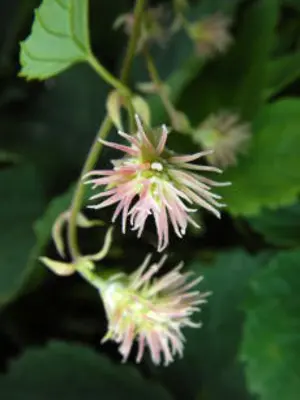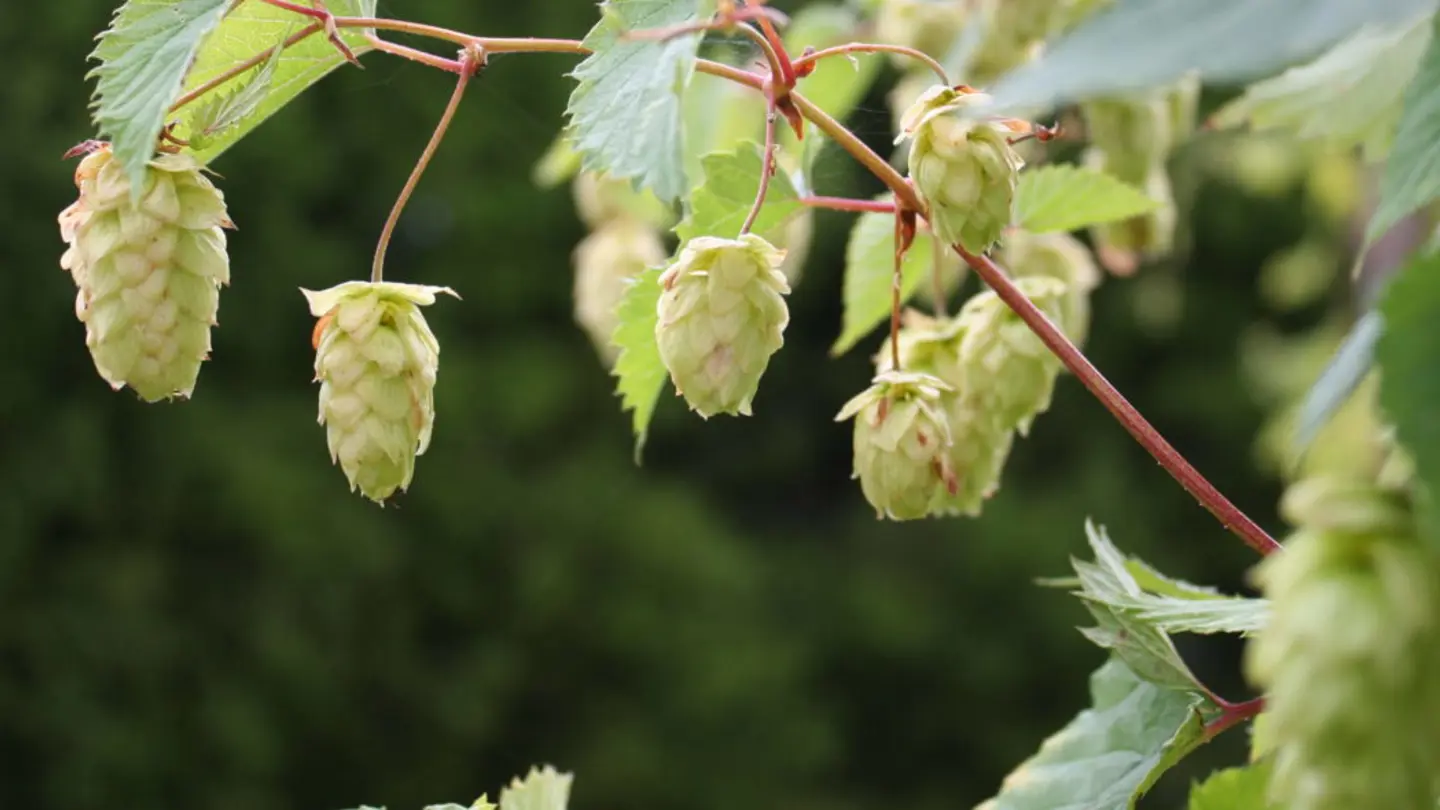


Few plants have been considered as crucially important as hops. In fact, it was once considered so important that Nordic laws were written to prevent theft or premature harvest. In the 15th century it was also a legal requirement for farmers to grow hops on their farms. The reason was, of course, to ensure that enough hops was available for the brewing of beer.
Text by Jenny Hagenblad, photos by Else-Marie Karlsson-Strese.

Hops is a perennial climbing plant in the hemp family. Each year new shoots begin to grow from the root in spring, only to die in the autumn, leaving only the root to overwinter. During the summer the shoots can reach a length of as much as 10 meters and they can grow by a decimetre or more in a single day.
Hops can be found in Denmark, Norway, Sweden and Finland, primarily below to the 65th parallel. It has been debated whether hops growing here is naturally occurring or whether it is remnants of previous cultivations. Hops is commonly found around farms and remains of old houses which suggests it is an introduced plant. Such feral hops, however, show little genetic similarity with hops used for brewing today and hops growing in the Nordic countries is thus a valuable genetic resource
Hops plants are either male or female, to put it in scientific terms: it is a dioecious species. In brewing, the female flower cones contribute aromatic qualities, but perhaps even more important in historic times, it also preserves the beer. In Sweden, hops is known to have been grown and used for brewing at least since the 13th century, but it was probably introduced in the Nordic country much earlier. In addition to its role in brewing, hops has been a valuable fibre plant.
In Sweden there were hops improvement programs in the 19th and early 20th centuries. These were mostly or completely based on hops from Czechia and the Saaz area. In the mid 20th century hops improvement was discontinued. Lately, with the spread of microbreweries, there has been an increasing interest also in local production of hops and hops collected in the wild has been evaluated for its aromatic content. Adaptation to Nordic light conditions, a critical component for timing of maturation of hops cones, is an example of a trait that could be of interest for local production of hops.

Karlsson Strese, EM, M Lundström, J Hagenblad, MW Leino (2014) Genetic Diversity in Remnant Swedish Hop (Humulus lupulus L.) Yards from the 15th to 18th Century. Economic botany 68 (3), 231-245
Karlsson Strese, EM, C Tollin, J Hagenblad (2012) Den svenska humlens ursprung. Svensk botanisk tidskrift 106 (3-4), 165-176